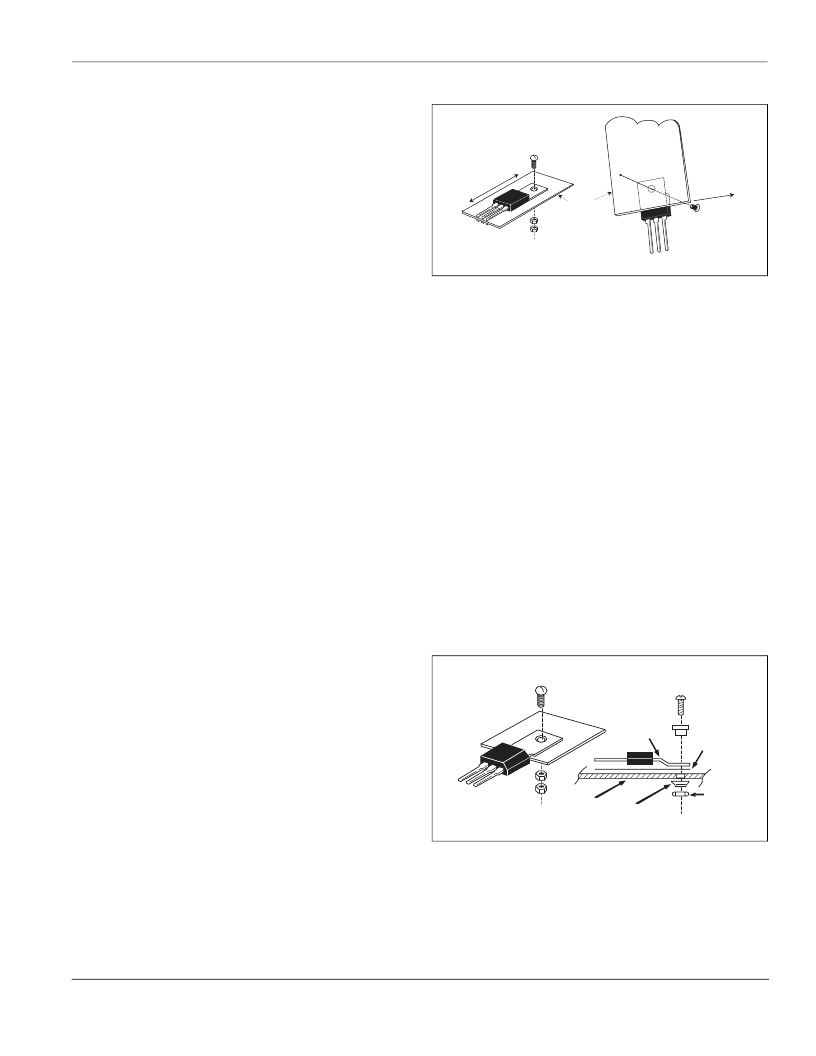- 您現(xiàn)在的位置:買賣IC網(wǎng) > PDF目錄369509 > BT137S_SERIES_E Transient Voltage Suppressor Diodes PDF資料下載
參數(shù)資料
| 型號: | BT137S_SERIES_E |
| 元件分類: | TVS-瞬態(tài)抑制二極管 |
| 英文描述: | Transient Voltage Suppressor Diodes |
| 中文描述: | 雙向敏感門 |
| 文件頁數(shù): | 145/224頁 |
| 文件大小: | 2697K |
| 代理商: | BT137S_SERIES_E |
第1頁第2頁第3頁第4頁第5頁第6頁第7頁第8頁第9頁第10頁第11頁第12頁第13頁第14頁第15頁第16頁第17頁第18頁第19頁第20頁第21頁第22頁第23頁第24頁第25頁第26頁第27頁第28頁第29頁第30頁第31頁第32頁第33頁第34頁第35頁第36頁第37頁第38頁第39頁第40頁第41頁第42頁第43頁第44頁第45頁第46頁第47頁第48頁第49頁第50頁第51頁第52頁第53頁第54頁第55頁第56頁第57頁第58頁第59頁第60頁第61頁第62頁第63頁第64頁第65頁第66頁第67頁第68頁第69頁第70頁第71頁第72頁第73頁第74頁第75頁第76頁第77頁第78頁第79頁第80頁第81頁第82頁第83頁第84頁第85頁第86頁第87頁第88頁第89頁第90頁第91頁第92頁第93頁第94頁第95頁第96頁第97頁第98頁第99頁第100頁第101頁第102頁第103頁第104頁第105頁第106頁第107頁第108頁第109頁第110頁第111頁第112頁第113頁第114頁第115頁第116頁第117頁第118頁第119頁第120頁第121頁第122頁第123頁第124頁第125頁第126頁第127頁第128頁第129頁第130頁第131頁第132頁第133頁第134頁第135頁第136頁第137頁第138頁第139頁第140頁第141頁第142頁第143頁第144頁當(dāng)前第145頁第146頁第147頁第148頁第149頁第150頁第151頁第152頁第153頁第154頁第155頁第156頁第157頁第158頁第159頁第160頁第161頁第162頁第163頁第164頁第165頁第166頁第167頁第168頁第169頁第170頁第171頁第172頁第173頁第174頁第175頁第176頁第177頁第178頁第179頁第180頁第181頁第182頁第183頁第184頁第185頁第186頁第187頁第188頁第189頁第190頁第191頁第192頁第193頁第194頁第195頁第196頁第197頁第198頁第199頁第200頁第201頁第202頁第203頁第204頁第205頁第206頁第207頁第208頁第209頁第210頁第211頁第212頁第213頁第214頁第215頁第216頁第217頁第218頁第219頁第220頁第221頁第222頁第223頁第224頁

Application Notes
AN1004
2002 Teccor Electronics
Thyristor Product Catalog
AN1004 - 3
http://www.teccor.com
+1 972-580-7777
Allow for adequate ventilation. If possible, route heat sinks to out-
side of assembly for maximum airflow.
Mounting Surface Selection
Proper mounting surface selection is essential to efficient trans-
fer of heat from the semiconductor device to the heat sink and
from the heat sink to the ambient. The most popular heat sinks
are flat aluminum plates or finned extruded aluminum heat sinks.
The mounting surface should be clean and free from burrs or
scratches. It should be flat within 0.002 inch per inch, and a sur-
face finish of 30 to 60 microinches is acceptable. Surfaces with a
higher degree of polish do not produce better thermal conductiv-
ity.
Many aluminum heat sinks are black anodized to improve ther-
mal emissivity and prevent corrosion. Anodizing results in high
electrical but negligible thermal insulation. This is an excellent
choice for isolated TO-220 devices. For applications of TO-202
devices where electrical connection to the common anode tab is
required, the anodization should be removed. Iridite or chromate
acid dip finish offers low electrical and thermal resistance. Either
TO-202 or isolated TO-220 devices may be mounted directly to
this surface, regardless of application. Both finishes should be
cleaned prior to use to remove manufacturing oils and films.
Some of the more economical heat sinks are painted black. Due
to the high thermal resistance of paint, the paint should be
removed in the area where the semiconductor is attached.
Bare aluminum should be buffed with #000 steel wool and fol-
lowed with an acetone or alcohol rinse. Immediately, thermal
grease should be applied to the surface and the device mounted
down to prevent dust or metal particles from lodging in the critical
interface area.
For good thermal contact, the use of thermal grease is essential
to fill the air pockets between the semiconductor and the mount-
ing surface. This decreases the thermal resistance by 20%. For
example, a typical TO-220 with R
θ
JC
of 1.2 °C/W may be lowered
to 1 °C/W by using thermal grease.
Teccor recommends Dow-Corning 340 as a proven effective ther-
mal grease. Fibrous applicators are not recommended as they
may tend to leave lint or dust in the interface area. Ensure that
the grease is spread adequately across the device mounting sur-
face, and torque down the device to specification.
Contact Teccor Applications Engineering for assistance in choos-
ing and using the proper heat sink for specific application.
Hardware And Methods
TO-220
The mounting hole for the Teccor TO-220 devices should not
exceed 0.140” (6/32) clearance. (Figure AN1004.7) No insulating
bushings are needed for the L Package (isolated) devices as the
tab is electrically isolated from the semiconductor chip. 6/32
mounting hardware, especially round head or Fillister machine
screws, is recommended and should be torqued to a value of
6 inch-lbs.
Figure AN1004.7
TO-220 Mounting
Punched holes are not acceptable due to cratering around the
hole which can cause the device to be pulled into the crater by
the fastener or can leave a significant portion of the device out of
contact with the heat sink. The first effect may cause immediate
damage to the package and early failure, while the second can
create higher operating temperatures which will shorten operat-
ing life. Punched holes are quite acceptable in thin metal plates
where fine-edge blanking or sheared-through holes are
employed.
Drilled holes must have a properly prepared surface. Excessive
chamfering is not acceptable as it may create a crater effect.
Edges must be deburred to promote good contact and avoid
puncturing isolation materials.
For high-voltage applications, it is recommended that only the
metal portion of the TO-220 package (as viewed from the bottom
of the package) be in contact with the heat sink. This will provide
maximum oversurface distance and prevent a high voltage path
over the plastic case to a grounded heat sink.
TO-202
The mounting hole for the Teccor TO-202 devices should not
exceed 0.112” (4/40) clearance. (Figure AN1004.8) Since tab is
electrically common with anode, heat sink may or may not need
to be electrically isolated from tab. If not, use 4/40 screw with
lock washer and nut. Mounting torque is 6 inch-lbs.
Figure AN1004.8
TO-202 Mounting
A nylon bushing and mica insulation are required to insulate the
tab in an isolated application. A compression washer is recom-
mended to avoid damage to the bushing. Do not attempt to
mount non-formed tabs to a plane surface, as the resulting strain
on the case may cause it or the semiconductor chip assembly to
fail. Teccor has the facilities and expertise to properly tab form
TO-202 devices for the convenience of the consumer.
Lockwasher
6-32 Nut
Heatsink
*
Mounting
screw
6-32
* Screw head must not touch
the epoxy body of the device
Avodaxa sress
exposed metal tab
On heavy aluminum heatsinks
High potential appication
using Isolated TO-220
Heat Sink
at Case
Potential
A
Heat Sink
Compression
Washer
Nut
Appropriate
Screw
4/40 Nylon
Bushing
Mica
Insulator
Tab
Form
B
相關(guān)PDF資料 |
PDF描述 |
|---|---|
| BT137SERIES | Transient Voltage Suppressor Diodes |
| BT137SERIESD | Transient Voltage Suppressor Diodes |
| BT137SERIESE | Transient Voltage Suppressor Diodes |
| BT137X_SERIES | Transient Voltage Suppressor Diodes |
| BT137X_SERIES_E | Triacs sensitive gate |
相關(guān)代理商/技術(shù)參數(shù) |
參數(shù)描述 |
|---|---|
| BT137X | 制造商:PHILIPS 制造商全稱:NXP Semiconductors 功能描述:Triacs sensitive gate |
| BT137X_SERIES | 制造商:未知廠家 制造商全稱:未知廠家 功能描述:Triacs |
| BT137X_SERIES_E | 制造商:未知廠家 制造商全稱:未知廠家 功能描述:Triacs sensitive gate |
| BT137X-500 | 制造商:TECCOR 制造商全稱:TECCOR 功能描述:Thyristor Product Catalog |
| BT137X-500D | 制造商:TECCOR 制造商全稱:TECCOR 功能描述:Thyristor Product Catalog |
發(fā)布緊急采購,3分鐘左右您將得到回復(fù)。